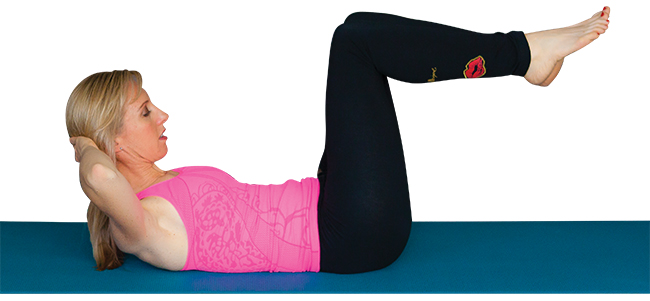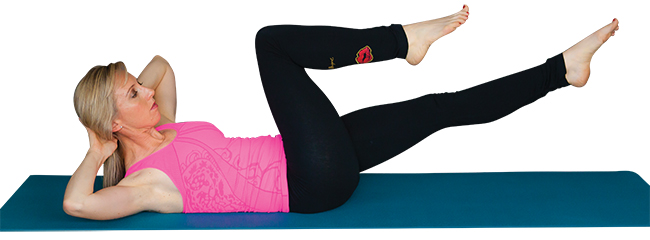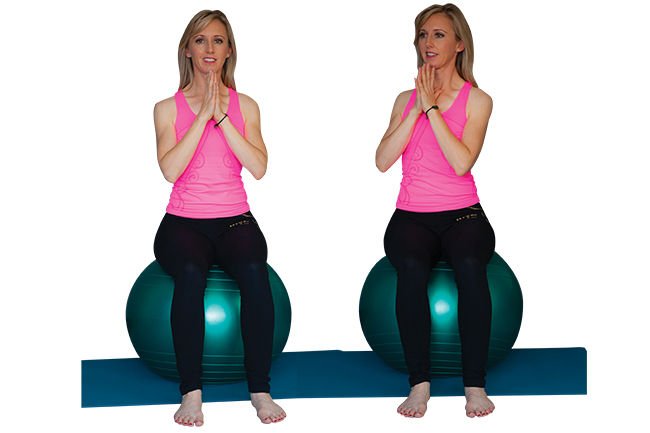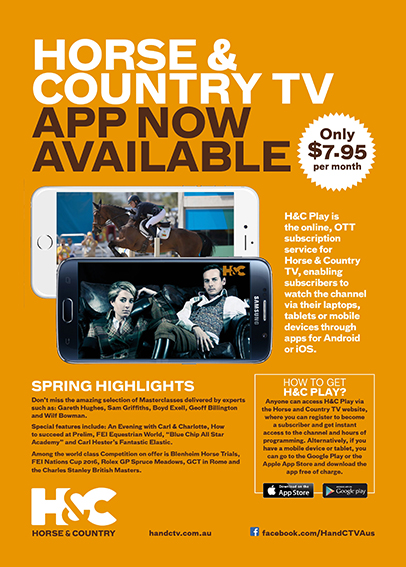The last two months we looked at the front and the back of the torso. To complete the “circle”, this month we’ll be looking at the sides.
When we ride, we need good stability in our waist. If good control of this area of your body is lacking, it is hard to provide a framework from your body for your horse to mould himself around. Instead, he will be able to “squirm” out of position. For example, if you do a circle and you do not have good control of your waist, he may push out with his outside shoulder and instead just bend his neck, the bendiest part of his spine, and you will be left with the inside of your waist contracted and the outside stretched and too long with uneven weight on the two seat bones. Your secure seat will be lost! Although the “wall” created by your body on the outside to stop the horse pushing out also involves the leg and outside rein, the rider’s body position and tone on the outside often goes unmentioned. Your core is the main vehicle to “press back” against the horse so it is harder for him to wriggle out of correct alignment. Part of the core is the internal obliques but other muscles that will help control the waist are the external obliques and the quadratus lumborum. Working these muscles evenly over their range of movement will allow you better control over your horse’s body. Evenness in range and strength of both sides of your waist will also help to counteract unevenness in the hips and ribs.
Podhajsky says, “It is a fault if the rider collapses his hip because the natural aids of the weight wold be annulled, the balance would be badly influenced, and the rider would drop his shoulder on the same side. In most cases, this fault is formed by the fact that the seat bones have slipped to one side and the upper part of the body can only be made upright by collapsing the hip on the other side.”
Collapsing hips and ribs can also become an issue when lateral work is added. Often novice riders will contort themselves to tackle a shoulder in or travers, rather than just keeping their shoulders, ribs and hips stacked and rotating the body. The better and more secure your posture, the less strength you’ll feel you need in your arms and legs, negating the desire to pull and push the horse into position.
Richard Watjen explains that, “In all turns, special attention should be paid to the shoulders of the rider always staying parallel to the shoulders of the horse. A dropping of the inside hip should be strictly avoided.” This is accomplished from correct rotation of the body.
Steinbracht clearly explains correct turning of the rider’s body. “Since in these movements the rider’s inside hip is placed is placed according to the horse’s inside hind leg, the rider must follow the bend of the horse’s forehand with his upper body and turn his head toward the inside so that his inside shoulder is prevented from following the direction of the inside hip.”
Lateral flexion and rotation are quite different. Lateral flexion involves compressing one side of the waist and lengthening the other whereas rotation is the twisting of the torso. We want to keep the exercises different so the rider’s body awareness improves and you can tell the difference yourself.
You can help symmetry further when going about your daily chores. Try to muck out your stables, poo pick in the paddock or sweep with the rake or broom in both hands, continuously swapping sides but building up so that the unfamiliar side becomes as natural as the side your usually use.
Remember….execute the exercises slowly and smoothly making sure form takes precedence over number of repetitions.

 Rotation:
Rotation:
Here we are looking at pelvic stability and trunk rotation working together. This is a form of disassociation between the upper and lower body, very necessary in riding.
Criss cross:
– Find neutral pelvis, lying on your back with legs off the ground and knees folded at 90 degrees, feet hip joint width apart, hands behind head, elbows wide and the head, neck and shoulder blades off the ground.
– Add lateral breathing
– Switch off global muscles: legs and arms
– Switch on core
Instruction of move:
– breathe out as you rotate the torso so that the right shoulder heads towards the left knee. Keep your chest angled towards the knee rather than your elbow, which should remain wide. Stretch your right leg out straight on a diagonal line.
– breathe in to return to start and repeat other side.
Watch Out For:
– Taking the elbow across to the knee rather than the shoulder
– Dropping the chest down to the ground instead of remaining rolled up
– Lateral rotation and shortening one side of your waist instead of rotation
– Focussing on the shoulders instead of the lower part of the torso
 Rotation on a fitball:
Rotation on a fitball:
Rotation executed on a fitball is a great way to give us feedback as to whether we can really keep both sides of our waist equal while rotating the torso. If you are “cheating” then the fitball will let you know straight away and push out from under you, just like the horse will do!
– Find neutral spine, sitting on the ball with equal weight in both sitbones. Have your hands so that your palms are pressed together, forefingers on your chin and thumbs on your chest so you can’t cheat by just moving your arms and not your body!
– Add lateral breathing
– Switch off global muscles: arms and legs
– Switch on core
Instruction of move
– breathe out and rotate from centre to the left, starting with your head and then working your way down the spine. Make sure your hips remain square to the front and the weight in your sitbones stays equal.
– breathe in
– breathe out and return to centre
– repeat to the right
Watch Out For:
– Hitching one hip and dropping the other
– Moving your pelvis back as you twist (to keep an eye on that, watch that your knees remain at the same level and the ball doesn’t move)
– Lifting or dropping the shoulders. Keep them level

 Lateral Flexion:
Lateral Flexion:
This is to help with motor control of the waist and awareness of hip positioning to build postural strength and negate collapsing hips. We want Podhajsky to be proud of us!
Side lying waist:
– Lie on your side with your hips and shoulders aligned. Your lower hand supports your head and your top hand lies along the side of your body.
– Gently lift your lower waist off the ground so that your pelvis remains straight. Lift your top leg to hip height. If it is hard for you to balance here, you can bend your lower leg slightly.
Instruction of move:
– breathe out as you compress your top ribs and slide your top hand down your leg. Be careful that it’s your ribs that head towards your hips not vice versa as we don’t want the pelvis to move. Also keep the top leg very still and don’t move it up and down.
– breath in and return to start
Watch Out For:
– Lifting ribs off the ground
– Pushing off your elbow (make sure it’s the waist doing the work)
– Hitching your hip up to your rib and moving your top leg up and down
– Collapsing the front of the body and losing alignment


